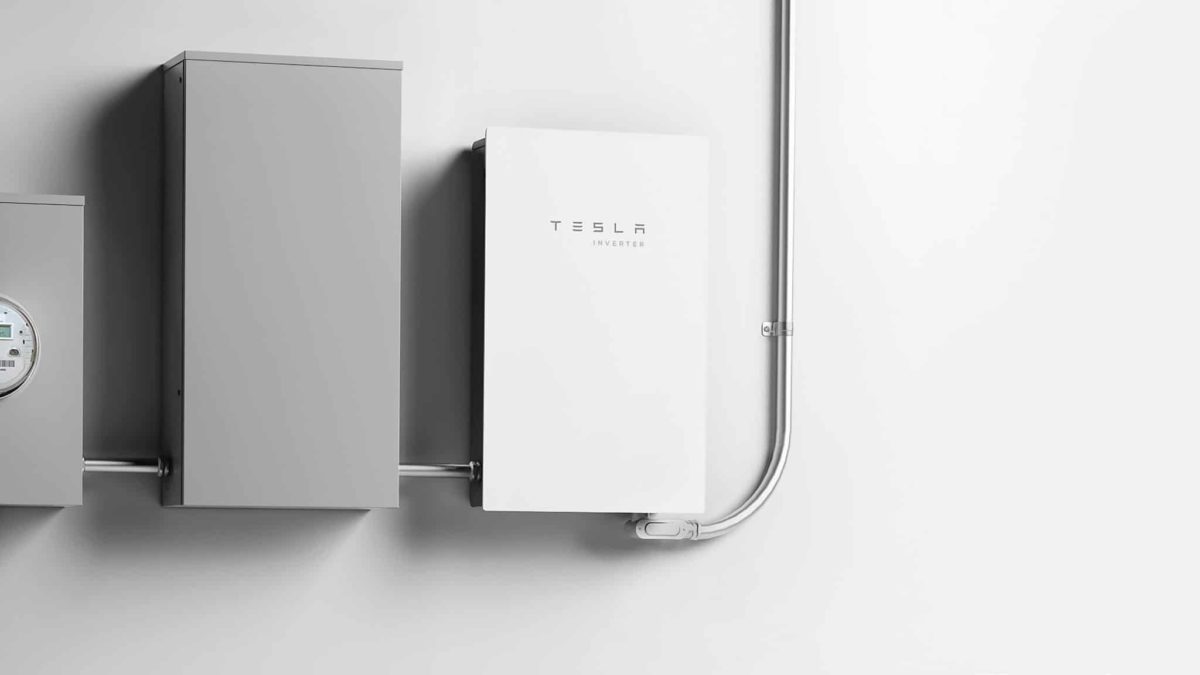Importance of a PV Inverter

A PV inverter plays a critical role in a solar power system as it ensures that the energy generated by solar panels is converted into usable electricity. A PV inverter is responsible for:
- Converting DC to AC electricity: The DC electricity produced by solar panels is not compatible with the AC electricity that is used in homes and businesses. The PV inverter converts this DC electricity into AC electricity that can be used by appliances.
- Optimizing Power: A PV inverter optimizes the power output of solar panels to ensure maximum efficiency. This is especially critical during low light or cloudy conditions as a PV inverter can adjust the output of solar panels to ensure that maximum energy is generated.
- Monitoring: PV inverters can also monitor the performance of a solar power system. They can detect any faults or issues in the system and alert the owner or installer.
Types of PV Inverters
There are primarily three types of PV inverters:
- String Inverter: This is the most common type of inverter used in residential and commercial solar power systems. Multiple solar panels are connected in series, and the generated DC electricity is sent to the string inverter to be converted to AC electricity.
- Micro Inverter: In this type of inverter, every solar panel is connected to an individual inverter. This allows for fine-tuning of each panel's performance, maximizing efficiency and output.
- Hybrid Inverter: This type of inverter is used in combination with a battery storage system. It can convert DC electricity from solar panels into AC electricity that can be used immediately or stored in the battery.
How a PV Inverter Works
A PV inverter works by using a series of electronic components to convert DC electricity into AC electricity. The steps involved in a PV inverter are:
- DC to DC Conversion: The DC electricity generated by solar panels is sent to a DC to DC converter to regulate the voltage.
- AC Voltage Creation: The DC electricity is sent to an inverter where it is converted into AC electricity with the appropriate voltage level.
- Synchronization: The inverter synchronizes the AC electricity with the grid or the household electrical system.
- Monitoring: The inverter monitors the performance of the solar power system, and any issues or faults are detected and reported to the owner or installer.
Conclusion
A PV inverter is a critical component of any solar power system. Its primary function is to convert DC electricity generated by solar panels into AC electricity that can be used for homes or businesses. There are primarily three types of PV inverters: string inverter, micro inverter, and hybrid inverter. A PV inverter ensures maximum efficiency, monitoring the system's performance and detecting any faults. Investing in a state-of-the-art PV inverter will ensure that you maximize the solar power system's performance and efficiency. Pairing a solar battery inverter with solar panels is becoming an increasingly popular option for homeowners, providing a green and cost-effective solution to energy management.
Keywords: PV inverter, solar energy, solar inverter, DC electricity, AC electricity, solar panels, photovoltaic inverter, maximum efficiency, monitoring, solar battery inverter.